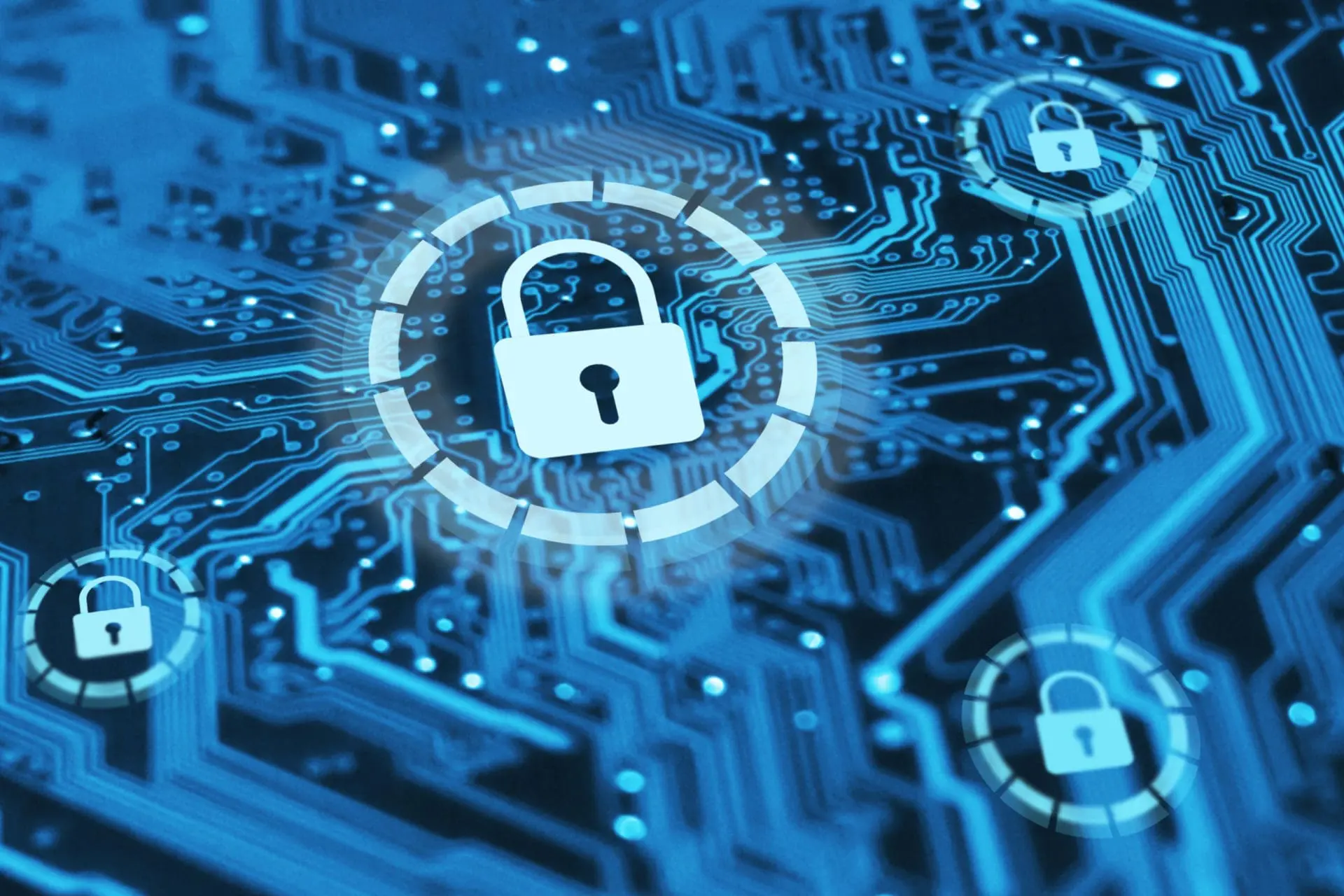 In the continually evolving technological landscape, operating systems (OS) constantly evolve to incorporate new features, improve security, and enhance performance. The inevitable march of progress dictates that as new OS versions emerge, the older versions cease to receive security updates. This recurring cycle leaves organizations, which haven’t transitioned to the newer versions, susceptible to cybersecurity threats. Organizations need to be cognizant of the fact that although these systems might still serve specific, often critical, roles, the cost of remediation could be far more than the cost of OS upgrade.
In the continually evolving technological landscape, operating systems (OS) constantly evolve to incorporate new features, improve security, and enhance performance. The inevitable march of progress dictates that as new OS versions emerge, the older versions cease to receive security updates. This recurring cycle leaves organizations, which haven’t transitioned to the newer versions, susceptible to cybersecurity threats. Organizations need to be cognizant of the fact that although these systems might still serve specific, often critical, roles, the cost of remediation could be far more than the cost of OS upgrade.
Understanding legacy operating systems
Legacy operating systems are those that have outlived their official support period, implying that they no longer receive security enhancements, patches, or bug resolutions from vendors. Such systems, despite their obsolescence, remain prevalent and in active use in organizations across sectors like healthcare, finance, manufacturing, and the government. Primarily because of the ability of the OS to support crucial applications or hardware, that might be costly to upgrade or replace.
Cybersecurity concerns of legacy operating systems
- Vulnerabilities and Exploits: The foremost risk arises from unpatched security flaws. As vulnerabilities in any OS are identified over time, vendors typically release fixes. Legacy systems, being outside of their support timeline, miss these vital updates, making them prime targets for exploitation. Cybercriminals are well aware of this and actively seek out vulnerabilities in unsupported systems to launch attacks.
- Absence of Security Updates: Legacy systems are like castles with moats but no drawbridges. They have some built-in security, but without regular updates, these defenses become porous. Legacy systems might have foundational security measures, but without continual updates, their defensive mechanisms can become outdated and ineffective against novel threats, making the organizations function without a safety net.
- Compliance and Regulatory Challenges: Industries often face rigorous compliance criteria which necessitate the use of up-to-date and secure systems. Using legacy OS can lead to non-compliance, attracting fines and tarnishing an organization’s reputation.
- Limited Vendor Support: When issues emerge with a legacy OS, obtaining vendor assistance becomes a Herculean task, as most vendors focus on their current product lineup. This can can lead to prolonged downtimes during system or security crises.
- Incompatibility Issues: With time, legacy systems struggle to integrate with newer applications and hardware, creating bottlenecks and stifling the adoption of advanced capabilities.
Strategies to mitigate risks
- Risk Evaluation: Begin by identifying all legacy systems in your organization and assessing their importance and criticality. Determine if it would be feasible to upgrade or replace these systems.
- Isolation: Isolate legacy systems from the rest of the network as much as possible. Implement firewalls and network segmentation to minimize exposure to potential threats.
- Regular Monitoring: Ensure continuous monitoring of legacy systems to detect anomalies or breaches. Employing intrusion detection systems and security information and event management (SIEM) tools can aid in this.
- Virtualization: Consider virtualizing legacy systems. This can provide a level of isolation and security while allowing you to run legacy applications on newer infrastructure.
- Replacement Planning: Formulate a long-term strategy for the eventual transition from legacy systems to contemporary alternatives. More importantly, allocate resources for this process in your organization’s budget.
- Security Controls: Deploy supplementary security mechanisms like endpoint protection, antivirus, and application whitelisting to mitigate risks associated with legacy system vulnerabilities.
In conclusion, the management of legacy operating systems demands maintaining a delicate equilibrium between retaining crucial functions and addressing associated cybersecurity concerns. While they might remain operationally imperative for some time, organizations must be aware of the potential risks of legacy OS, and adopt robust strategies to secure and, in time, replace these aging systems. In the current cyber threat landscape, overlooking the vulnerabilities of legacy systems is perilous, underscoring the need for a well-structured approach to risk management and timely modernization.




